Introduction
Home security systems have come a long way in recent years. What used to be a simple alarm system with door and window sensors has evolved into a high-tech home security network with features like wireless connectivity, mobile app control, live video monitoring, and smart home integrations. With constant advances in technology, it's important to reevaluate your home security from time to time to ensure it's up to date and provides maximum protection. If you've had the same security system for 5 or more years, chances are it's time for an upgrade. Today's post will analyze the 5 signs that it may be time to upgrade your home security system.
1. It lacks smart home compatibility
Smart home technology has exploded in popularity in recent years. Whether you own smart lights, thermostats, locks, or other connected devices, you want your security system to integrate with them. A smart security system allows you to control security as well as other smart features from a single app. It also lets you set up automation, like arming your system when you lock your smart lock. If your current system lacks compatibility with Z-Wave, Zigbee, Alexa, Google Assistant, Apple HomeKit, or other platforms, an upgrade can let you unify your smart home management.
2. There are dead zones in sensor coverage
Over time, you've likely made some changes to your home layout. Maybe you finished the basement, added a sunroom, or renovated part of the house. These types of changes can impact your security sensor coverage. If you have areas without adequate motion sensor coverage or gaps in entry point protection, it leaves openings for intruders. Evaluate sensor placement and test the limits of coverage. If you find any weak spots, upgrading your security system can help address coverage gaps. Adding wireless sensors is an affordable way to boost coverage.
Click to read more: Smart Home Contact Sensors: The Foundation of Home Security, Automation and Energy Efficiency.

3. It lacks integration with video monitoring
Video surveillance is one of the biggest trends in home security. Systems with indoor/outdoor security cameras, video doorbells, and mobile streaming offer enhanced monitoring and peace of mind. If your system relies solely on traditional motion sensors for detection, adding video can boost protection. You'll be able to visually verify activity and potentially identify intruders. Upgrade options range from DIY systems with self-monitored video to professionally installed and monitored systems with cutting-edge features like facial recognition, smart motion detection, and two-way audio. If video and visual verification are missing from your current system, it's a sign an upgrade is in order.

4. The system relies on a landline connection
Many traditional home security systems connect to a central monitoring station via telephone landline. However, landlines are becoming increasingly less common in households as people switch exclusively to cell phones. If your system still requires a landline, it's outdated. When the landline goes down or is disconnected, it means the system loses its connection to the monitoring center. Upgrading to cellular or wireless monitoring eliminates reliance on landlines and offers more secure backup connectivity.
5. There's no remote access via mobile apps
Mobile connectivity has become standard for modern security systems. Mobile apps let you monitor your system status, arm/disarm the system, control smart devices, watch live video feeds, and receive alerts anywhere you have an internet connection. If your current system lacks these remote management and monitoring capabilities, you're missing out on a major benefit. The ability to control your system from anywhere gives you greater flexibility and responsiveness. If remote access isn't possible with your current setup, upgrading can put mobile control at your fingertips.

Conclusion
Advancements in home security technology are ongoing. As systems evolve with new features and capabilities, it becomes obvious when older systems are lacking. Pay attention to signs like lack of smart home integration, sensor coverage gaps, no video monitoring, reliance on landlines, and lack of mobile access. These signal it may be time for an upgrade to keep your home and family protected with the latest security innovations. Regularly evaluating your home security needs and system capabilities can ensure your safety net is up to date.
FAQs about upgrading your security system
Q: How often should you reevaluate your home security system?
A: It's a good idea to review your home security system at least every 2-3 years to keep up with technology advancements.
Q: What are some of the latest smart home platforms that security systems should integrate with?
A: Top smart home platforms that new security systems aim to be compatible with include Amazon Alexa, Google Assistant, Apple HomeKit, Samsung SmartThings, IFTTT, and Nest. Having a system that integrates with your smart devices allows for complete connected home management. For more tips, click here: Integrating Home Security Cameras with Smart Home Technology: Essential Tips and Tricks.
Q: How can you determine if your home has security sensor coverage gaps?
A: Walk test your home when fully armed to check for areas where motion doesn't trigger alerts. Also, look for any entry points lacking contact/motion sensors. Check that perimeter areas like yards and decks are within motion detector ranges. An installer can conduct an evaluation to identify coverage weaknesses.
Q: What are the most important factors when selecting an upgraded security system?
A: Key factors include your budget, required features and integrations, monitoring options, system capabilities, equipment brands, installation process, and monthly costs. Prioritize needs like video, automation, remote access, and smart home control when selecting the right upgrade. To get more tips, click here: How to Choose a Wireless Smart Security Camera?
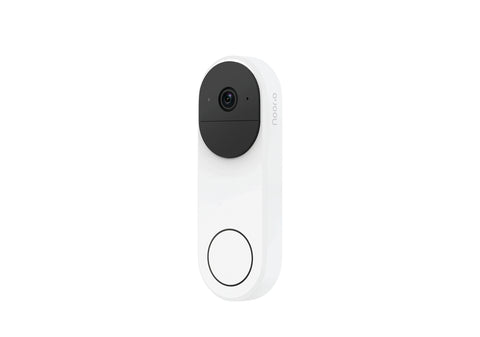
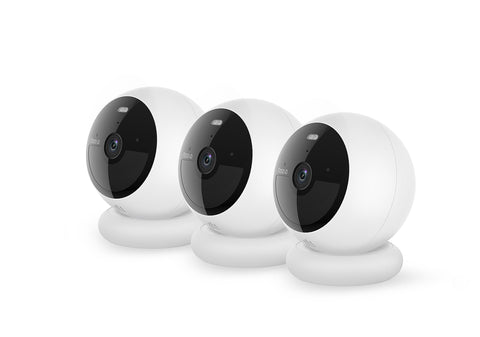
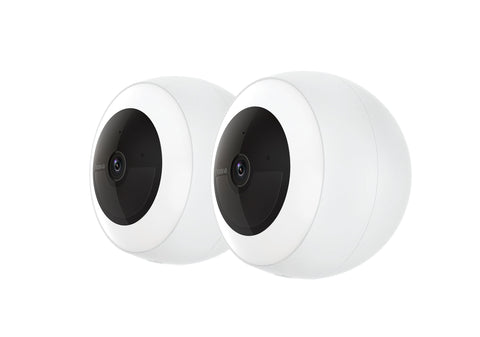
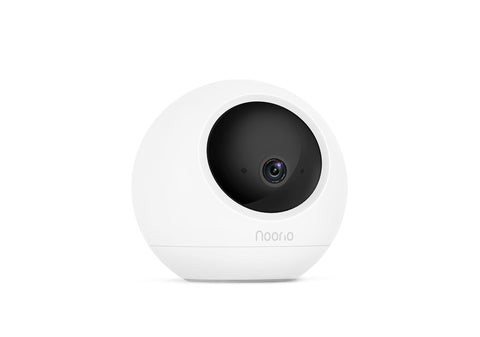
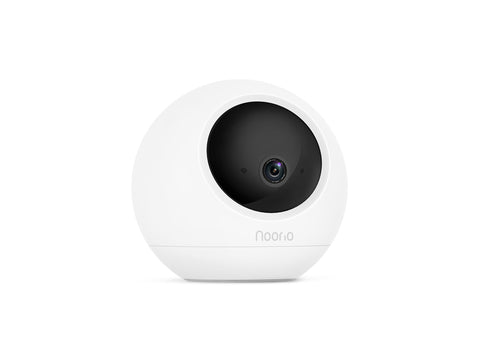







1 comentario
Your style is very unique in comparison to other people I have read stuff from. I appreciate you for posting when you’ve got the opportunity, Guess I’ll just bookmark this web site.